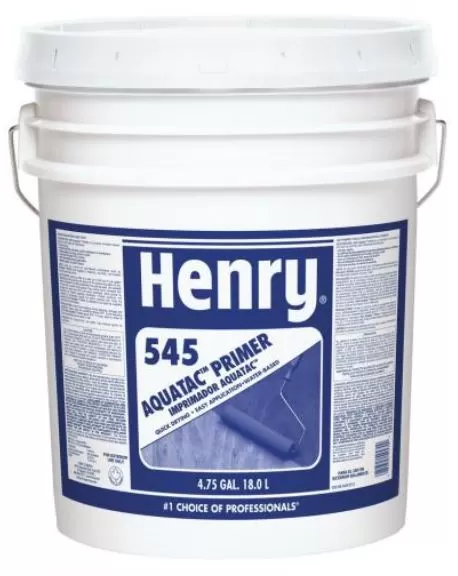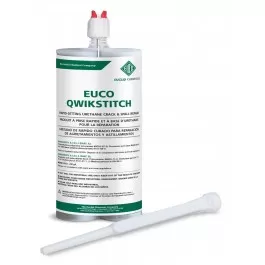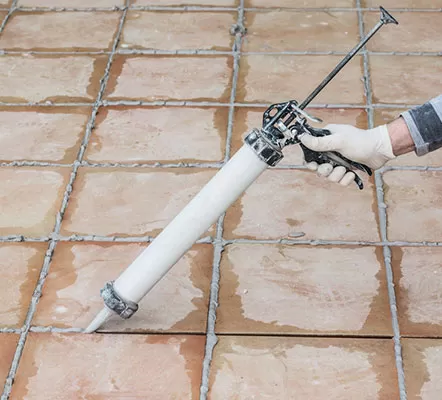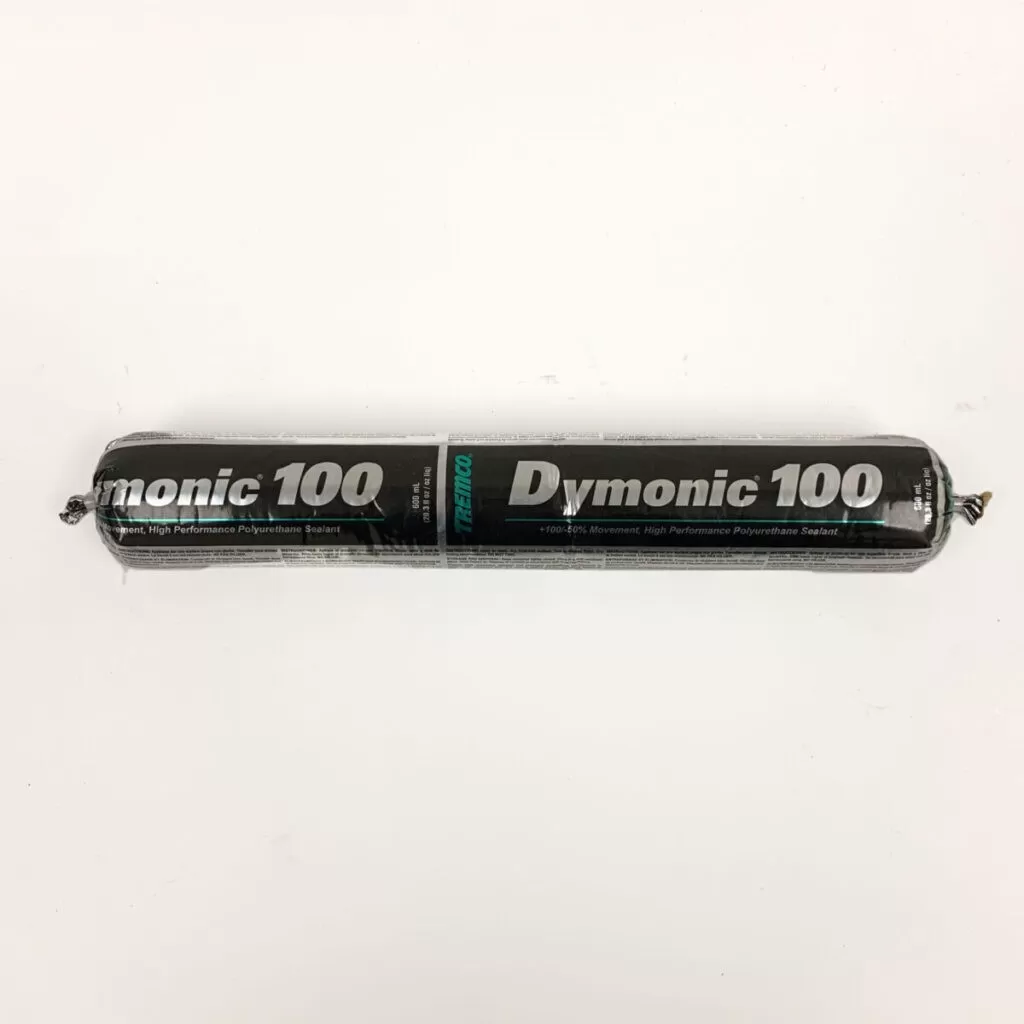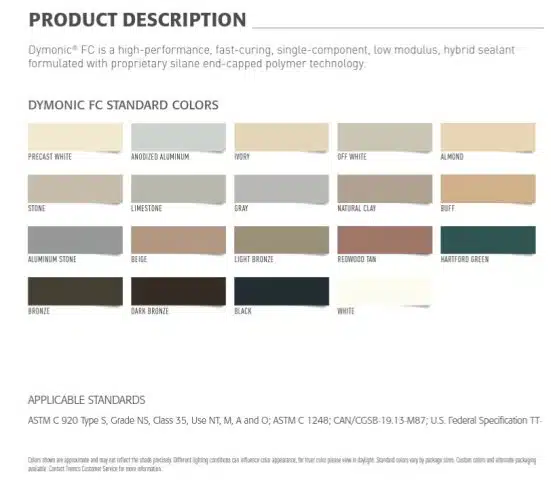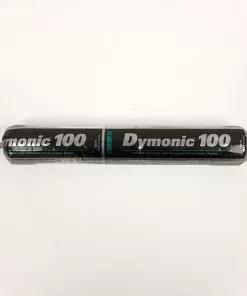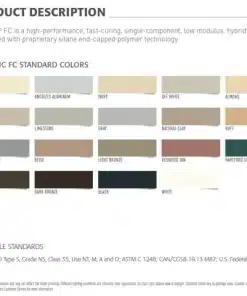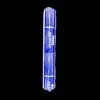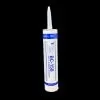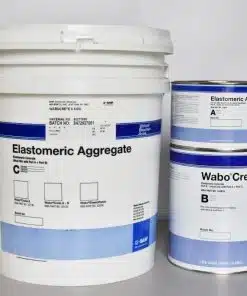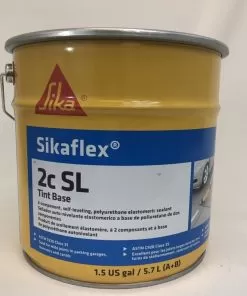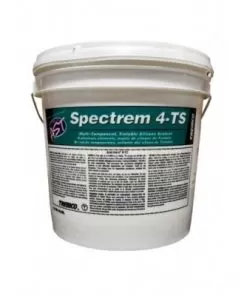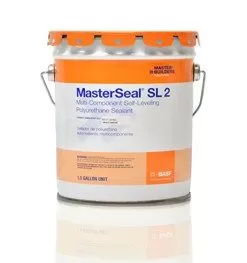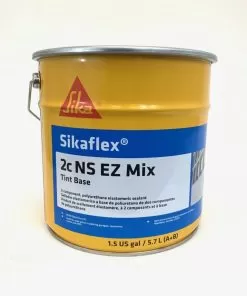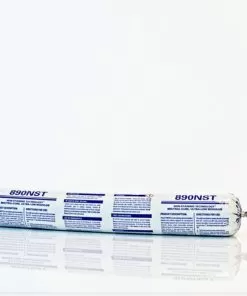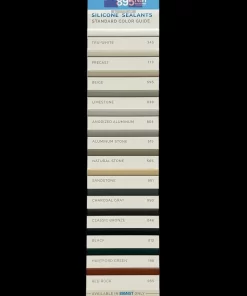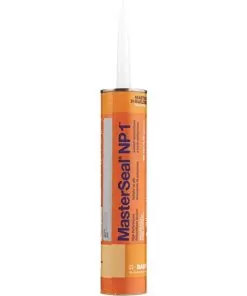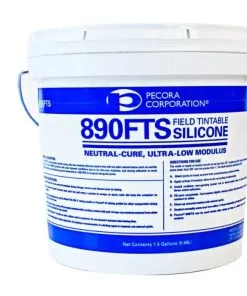Sale!
Dymonic 100: Tremco 20oz Sausage
Original price was: $13.50.$12.39Current price is: $12.39.
-
- Can adhere to damp or green concrete and has a skin time of 2 hr with a tack-free time of 6 to 8 hr to significantly reduce dirt attraction.
- Movement capability of +100/-50% in typical field conditions, is low VOC, paintable, jet fuel-resistant, and will not crack, craze or yellow under extreme UV exposure.
- Suitable for water immersion and will not out gas.
- Formulated with an innovative polymer technology, similar to TREMproof® 250GC and Vulkem® 45SSL, Dymonic 100 is highly versatile and has a unique capability to adhere to damp or green concrete and will not out gas.
- Compatible and can be coated over with Tremco’s Vulkem Deck Coatings, ExoAir® Air Barrier products and the cold, fluid-applied TREMproof® line of below-grade waterproofing products.
Sealant Quantity Calculator

